Understand
Wismar, established in the 13th Century during the Germanic colonisation of Slavic areas, is a magnificent city steeped in history. It played a vital role as part of the Hanseatic League, a network of over 200 ports and towns, facilitating trade among North German merchants. Evidence of Wismar's medieval past is evident in its remarkable brick gothic churches and ancient houses found in the old town. During the Thirty Years' War, the city came under Swedish rule, maintaining this status until 1803. For movie enthusiasts, Wismar holds significance as the filming location of the iconic 1922 horror film Nosferatu. Embark on a journey through time, exploring the fascinating history within Wismar's charming streets.
Map & Climate
Popular Foods
 Schnitzel - Traditional German breaded and fried meat cutlet, typically made with pork or veal. It is crispy on the outside and juicy on the inside, often served with potatoes and a side of sauce, such as tartar sauce or gravy.
Schnitzel - Traditional German breaded and fried meat cutlet, typically made with pork or veal. It is crispy on the outside and juicy on the inside, often served with potatoes and a side of sauce, such as tartar sauce or gravy.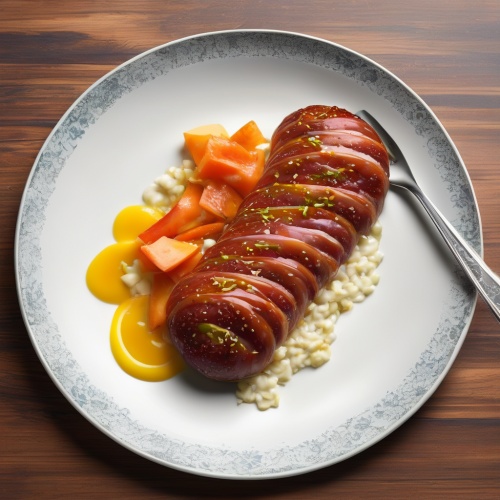 Currywurst - A German fast food staple consisting of a sausage (usually a Vienna sausage) covered in a curry ketchup sauce, typically served with fries or a roll. This dish is known for its unique blend of flavors, combining German sausage with a hint of Indian spices.
Currywurst - A German fast food staple consisting of a sausage (usually a Vienna sausage) covered in a curry ketchup sauce, typically served with fries or a roll. This dish is known for its unique blend of flavors, combining German sausage with a hint of Indian spices. Sauerkraut - Fermented cabbage dish that is a staple in German cuisine. It features cabbage that has been salted, shredded, and allowed to ferment, resulting in a tangy, slightly sour taste. Sauerkraut is often served as a side dish, accompanying meats and sausages.
Sauerkraut - Fermented cabbage dish that is a staple in German cuisine. It features cabbage that has been salted, shredded, and allowed to ferment, resulting in a tangy, slightly sour taste. Sauerkraut is often served as a side dish, accompanying meats and sausages.Historical Appearance
 Traditional Male Clothing
Traditional Male Clothing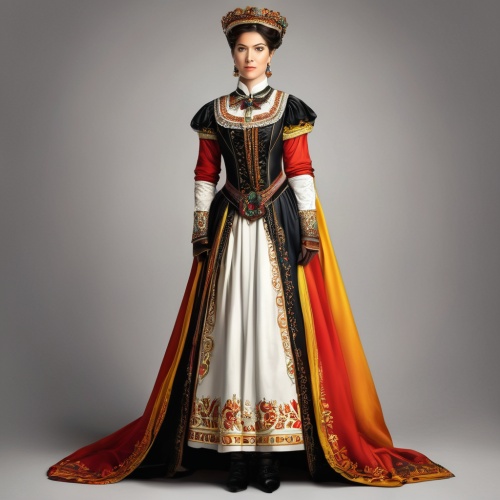 Traditional Female Clothing
Traditional Female Clothing
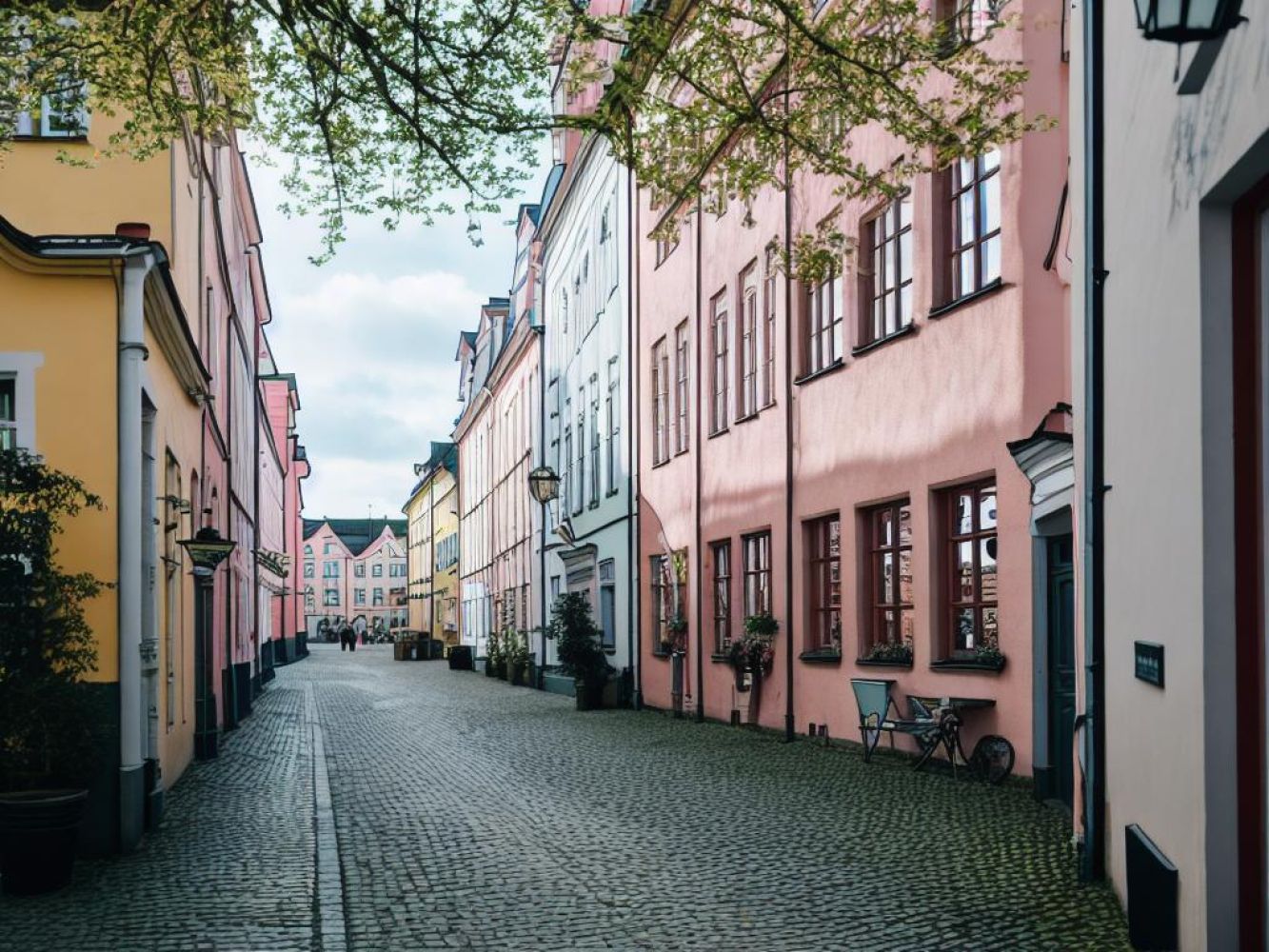
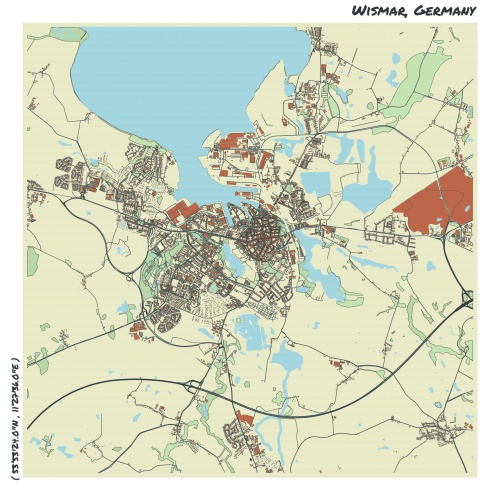
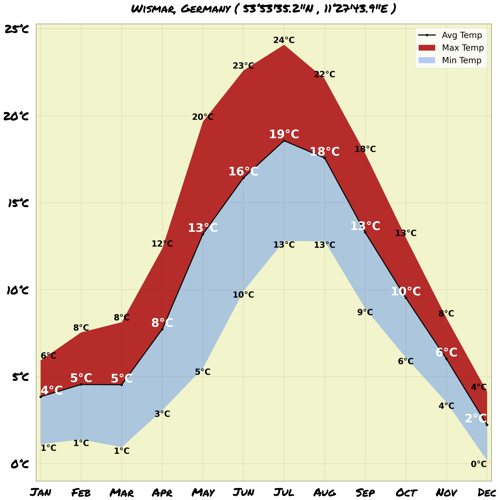





Comments
NO COMMENTS